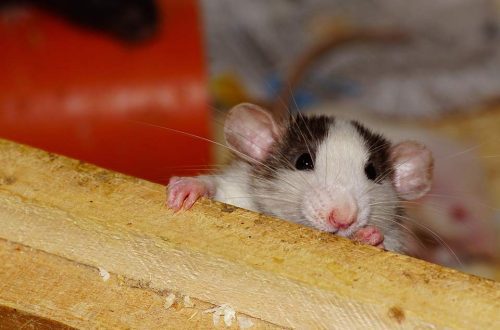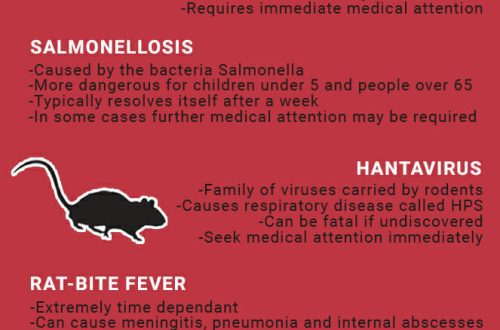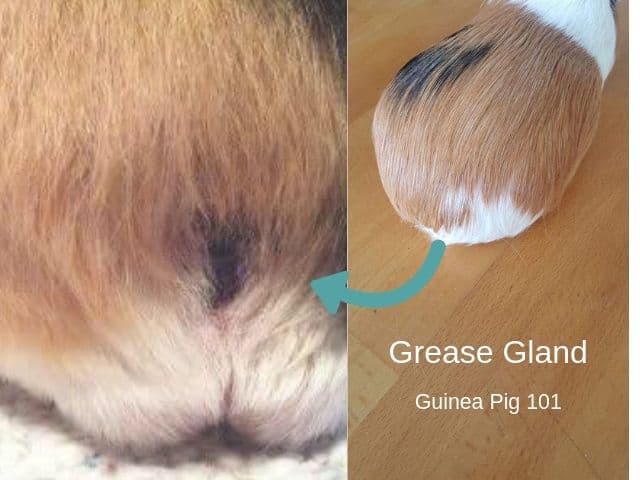
The sebaceous gland in guinea pigs: where to find and how to clean
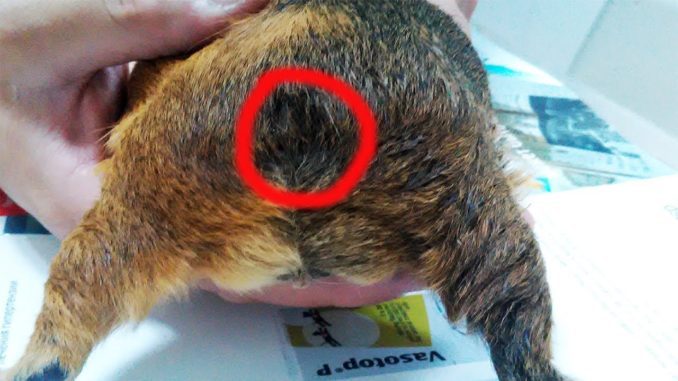
Guinea pigs are fairly clean pets. With sufficient care, they practically do not have a specific animal smell. Quite often, in the back of the body of a small animal in the area of the anus, a greasy coating on the fur, dried crusts or seals is formed. This is where the sebaceous gland is located in guinea pigs. It becomes inflamed in the absence of hygiene. This leads to the formation of tumors, abscesses, fistulas or cysts. For owners who have not fully studied the anatomy and physiology of their beloved baby, this comes as a surprise. Owners of furry animals need to know where the sebaceous glands of the animal are located. You should understand how to properly clean and treat them, what symptoms require urgent contact with a veterinary clinic.
Contents
How to find the sebaceous gland in a guinea pig
The marker sebaceous gland in a furry rodent is located just above the anus. In this place, most animals have the base of the tail. The sebaceous glands of guinea pigs produce a specific secret, by the smell of which animals identify their own and strangers. In a small animal, the location of the sebaceous gland is covered with wool. If you move it apart, you can see a hairless area ranging in size from 0,5 to 1,5 cm, covered with a greasy coating.
A healthy sebaceous gland has the color and consistency of the entire skin of a guinea pig. In the normal state, special care for this organ is not required. When bathing the animal once a month, it is recommended to lather the area of the sebaceous gland, wash off the foam and dry the pet’s fur well.
With inflammation of the secretion organ, one can detect the appearance of dark greasy spots and matted hair near the anus. The skin in this place turns red, dried crusts form on it. In the absence of treatment of the inflamed gland, a secondary infection occurs. This is fraught with the formation of abscesses, cysts, fistulas and tumors. Such pathologies are treated only by surgery in a veterinary clinic. Running cases can lead to the death of a beloved pet.
Cleaning the sebaceous gland in a guinea pig
Cleaning the sebaceous gland in a guinea pig is necessary if the skin in the anus is reddened. Hygiene is needed when diaper rash and dried crusts of secretions appear. Cleaning the organ of secretion consists of several stages:
- First, it is recommended that you thoroughly bathe your furry pet. Use zooshampoo to wash off heavy greasy deposits from the back of the animal’s body.
- Then, with a cotton swab dipped in any odorless oil (olive, peach, coconut, baby), you need to soak and carefully remove the dried crusts of the secret. To remove residual oil, you can gently blot the coat and skin with a dry cloth.
- In case of severe reddening of the skin, it is recommended to treat the area of the sebaceous gland with a swab dipped in a solution of chlorhexidine. Repeat the process for several days.
Often it is not recommended to wash off greasy plaque. The sebaceous glands throughout the life of an adult produce a secret. This is manifested by the formation of minor secretions in the area of uXNUMXbuXNUMXbthe organ of secretion.
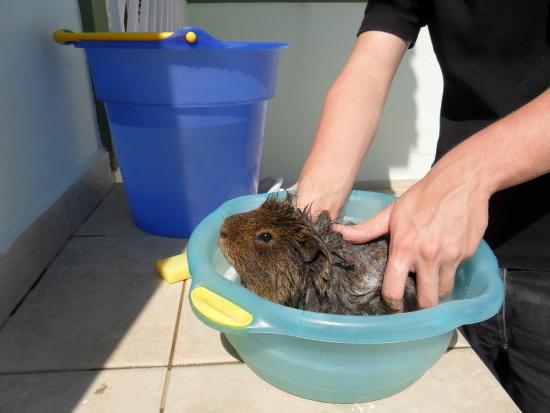
Regular simple hygiene and cleaning of the sebaceous gland of your favorite animal is the key to the health and good mood of a cheerful pet.
Video: how to treat the sebaceous gland in a guinea pig
Sebaceous glands in guinea pigs
3.5 (70%) 14 votes



